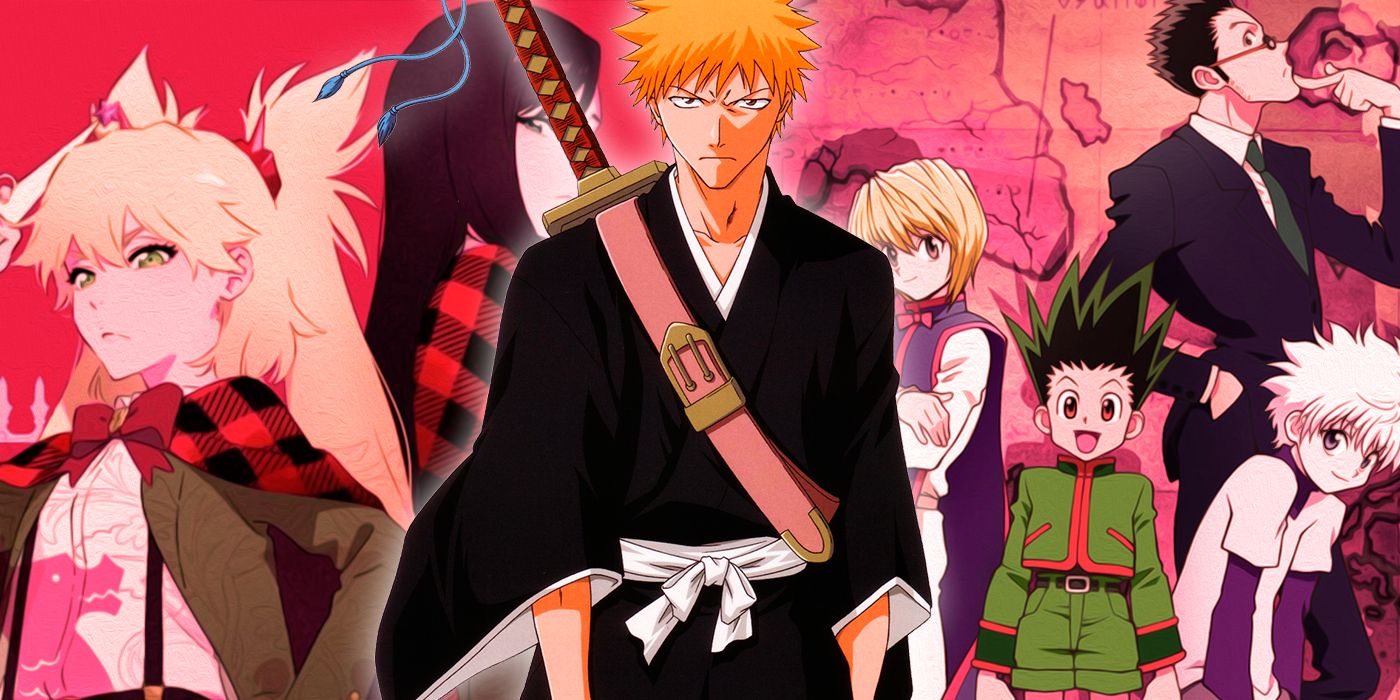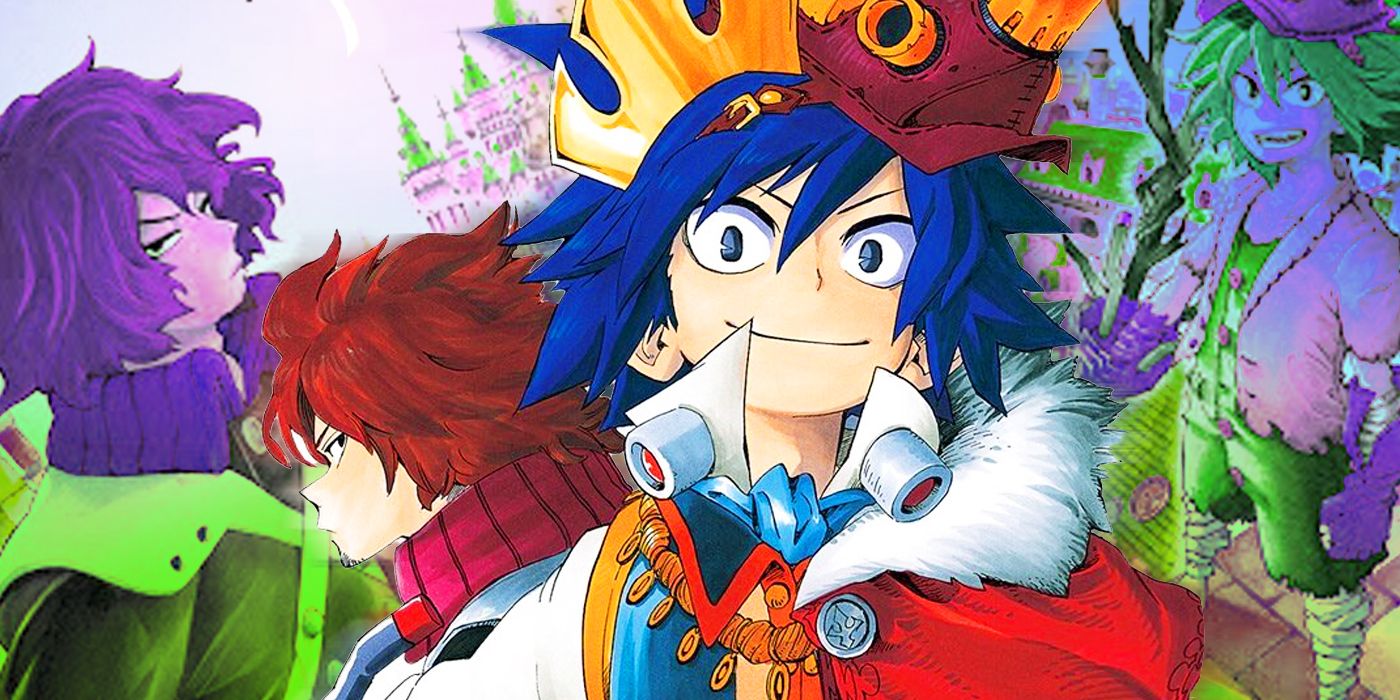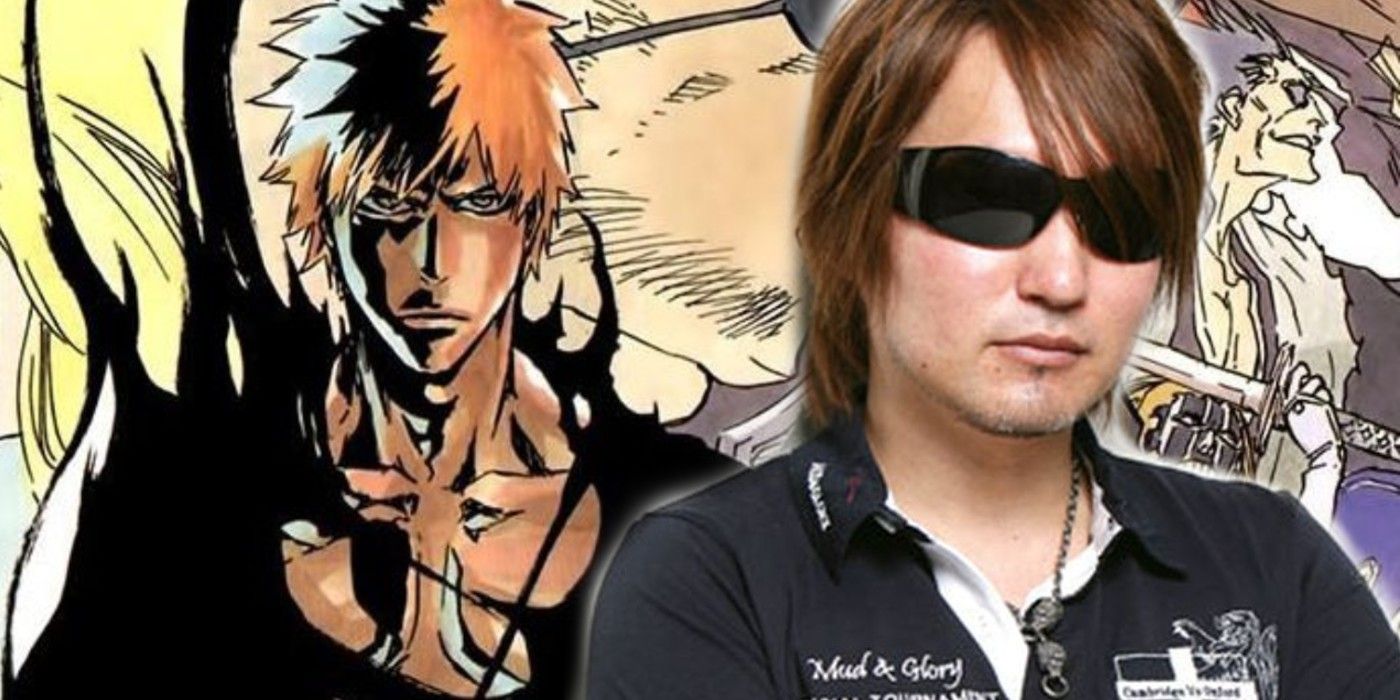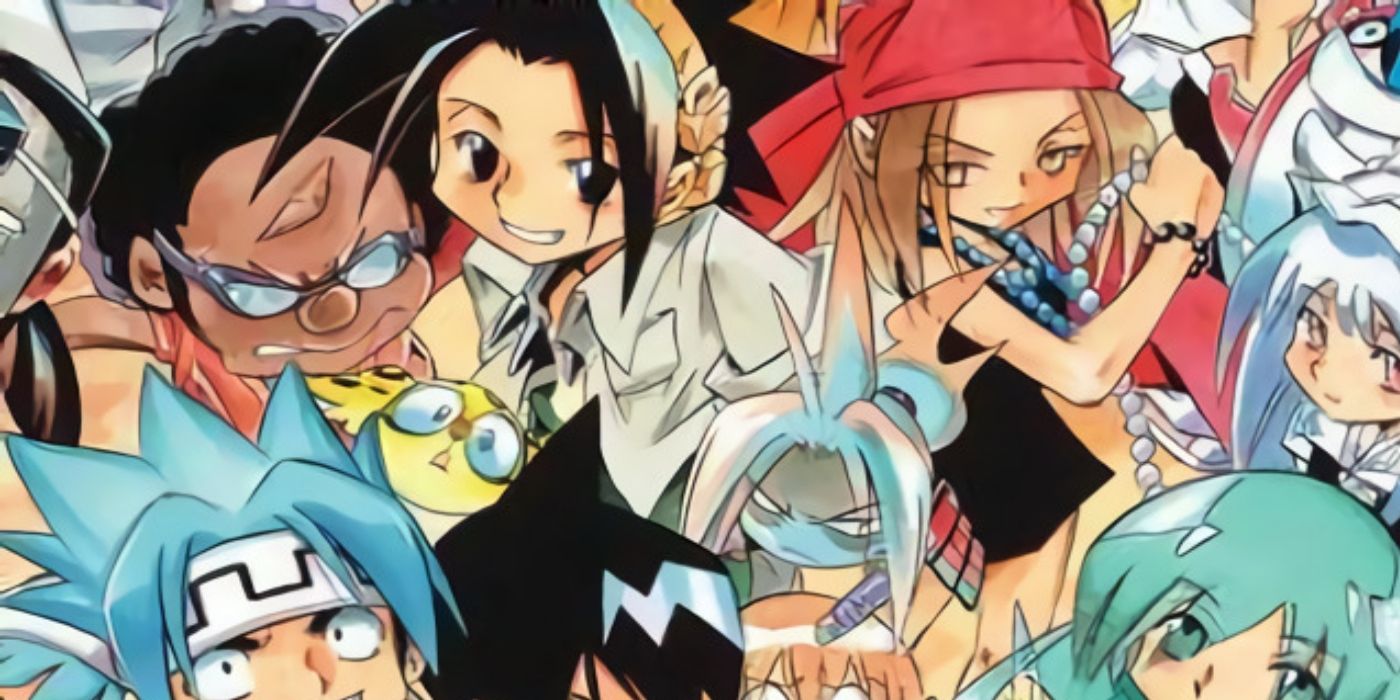The world of manga has tons of success stories, with mangaka like Akira Toriyama, Masashi Kishimoto and Eiichiro Oda being mainstays in the industry for decades now. Unfortunately, for every Dragon Ball, Naruto or One Piece, there are even more cases of manga series flopping and never becoming much of anything or eventually losing steam, especially in the renowned manga magazine Shonen Jump. Jump's incredible churn rate makes for a cutthroat creative environment, but even then, there are those mangaka who fail in its pages at first, only to soar sky-high on the rebound.
The best of these creators turned their luck around with manga that are now popular the world over. From My Hero Academia to Chainsaw Man, some of manga's hardest working creators have gone from moderate successes or outright failures to international sensations.
Manga Creators Who Started From Zero: My Hero Academia & Yu Yu Hakusho
One great example of a rags-to-riches creator story is that of Kohei Horikoshi. For years, he had only been able to put out one-shot stories or short-lived failures like Barrage or Oumagadoki Zoo. The former came out right after the latter, but neither of them made much of a splash, failing to last too long or receive an anime. Just two years later, however, Horikoshi would begin My Hero Academia, which has inarguably become one of the most popular franchises in the world.
Yoshihiro Togashi, on the other hand, had several series during the 1980s that failed to become much of anything, only finding true success with the publication of Yu Yu Hakusho. Four years after that series, Togashi would begin the oft-delayed but still incredibly beloved Hunter x Hunter, which is arguably even more popular than the manga classic.
Manga Creators Who Followed Success with MORE Success: Bleach & Death Note
Tite Kubo is an example of a mangaka who had a hit on his hands that sadly ended on a less-than-satisfactory note. Becoming active in the industry in the late '90s, he finally found mainstream success in the early 2000s with Bleach. This series was a massive hit in its day, and formed Shonen Jump's famed "Big Three" alongside Naruto and One Piece. Unfortunately, its manga faltered in its latter years, with the original anime ending even sooner due to waning popularity. This made it seem like Kubo's would-be classic would become a relic of the previous decade at a time when manga was becoming internationally popular again.
That changed with the debut of Burn the Witch, which spun off from the Bleach universe. Beginning as a one-shot, it was massively popular upon release, expanding into a limited run and revitalizing interest in Bleach. This coincides with a new season of the Bleach anime being produced, which will adapt the rest of the manga and finish the story. There's also Tsugumi Ohba and Takeshi Obata, who followed up the legendary Death Note with smaller but still successful hits like Bakuman and Platinum End.
Shonen's Greatest Comeback Kid: Shaman King
Easily the biggest comeback kid in manga, both as a franchise and for its creator, is Hiroyuki Takei and his series Shaman King, which began in Shonen Jump before switching to publisher Kodansha. Beginning in the early 2000s, the original anime was hamstrung by being released when anime was still regarded seen as kids' stuff, with darker shows like Naruto and Bleach having yet to truly take off. Its anime and manga had production issues, but that didn't stop Takei.
He not only went on to write the true ending he had always planned for the manga, but also several spinoff and sequel manga. A remake of the anime is currently airing in Japan, adapting all of the original manga and possibly paving the way for the continuations to be adapted, as well. This certainly makes Takei's comeback seem stronger than perhaps any other mangaka's setback, and just shows that in the manga industry, today's nobody can quickly become tomorrow's star.




